Beef tallow lip balm is gaining traction for its nourishing properties and natural ingredients. This guide is here to share everything you need to know about making your own at home, from simple recipes to tips on customization, all while keeping your lips soft and happy. Let’s get into it! Absolutely! Here’s a more detailed and expanded version of the Beef Tallow Lip Balm DIY Guide, complete with background info, ingredient breakdown, customization tips, troubleshooting, and even a printable label section at the end.
🧴 Ultimate DIY Guide to Making Beef Tallow Lip Balm
Beef tallow lip balm is a natural, nourishing alternative to commercial lip balms, made from rendered beef fat. It’s packed with skin-loving nutrients and has been used for centuries as a healing and moisturizing remedy. If you want a lip balm that’s deeply hydrating, free from synthetic chemicals, and easy to make at home—this guide is for you.
🌿 Why Use Beef Tallow for Skincare?
Tallow (rendered fat from cattle) might seem old-fashioned, but it’s incredibly compatible with human skin. Here’s why it works so well:
- 🧬 Bioavailable Nutrients: Rich in vitamins A, D, E, and K2—essential for skin regeneration and repair.
- 🧈 Mimics Skin’s Natural Oils: Its composition is very similar to sebum, helping it absorb deeply.
- 🔒 Moisture Retention: Locks in moisture, perfect for cracked or wind-chapped lips.
- 🌱 All-natural: When sourced from grass-fed animals, it’s chemical-free and sustainable.
🧂 Ingredients Breakdown
Here’s what you’ll need and why each component is important:
| Ingredient | Amount | Purpose |
|---|---|---|
| Beef Tallow | 2 tablespoons | Base moisturizer, deeply healing |
| Beeswax pellets | 1 tablespoon | Hardens the balm and creates a protective barrier |
| Coconut oil | 1 tablespoon | Adds smooth glide and antimicrobial properties |
| Vitamin E oil | 1/2 teaspoon | Preservative and antioxidant for skin repair |
| Essential oil (optional) | 5–10 drops | Adds scent, flavor, and extra benefits |
📝 Optional add-ins: honey, cocoa butter, or infused oils like calendula or chamomile for extra healing power.
🧰 Tools & Supplies
You’ll need:
- ✅ Heat-safe glass measuring cup or double boiler bowl
- ✅ Saucepan (for boiling water if not using a dedicated double boiler)
- ✅ Stirring spoon or mini spatula
- ✅ Lip balm tubes, tins, or small jars (clean and dry)
- ✅ Pipette or small funnel (for tidy pouring)
- ✅ Paper towels, gloves (optional for easy cleanup)
🔥 Step-by-Step Instructions
🥣 Step 1: Render Your Tallow (If Needed)
If you’re starting with raw beef fat (suet), you’ll need to render it:
- Chop fat into small pieces.
- Place in a pot or slow cooker over very low heat.
- Simmer until the fat has melted and solid bits (cracklings) are left.
- Strain through cheesecloth or a fine mesh strainer.
- Pour into a jar and refrigerate. Use only the pure, white tallow.
💡 Tip: For lip balm, strain twice for extra smoothness and to remove any beefy scent.
🔥 Step 2: Set Up a Double Boiler
- Fill a saucepan with 1–2 inches of water.
- Place a heat-safe bowl or glass measuring cup over it, making sure the water doesn’t touch the bottom of the bowl.
- Turn the heat to medium-low and bring the water to a simmer.
🔥 Never apply direct heat to the oils or wax—they can scorch or lose their beneficial properties.
🧪 Step 3: Melt the Ingredients
To the bowl, add:
- 2 tablespoons of tallow
- 1 tablespoon of beeswax pellets
- 1 tablespoon of coconut oil
Stir slowly as the beeswax melts—it usually takes about 5 minutes. Make sure everything is fully liquefied and well-mixed.
🌸 Step 4: Add Finishing Touches
Remove the bowl from heat.
Then stir in:
- ½ teaspoon Vitamin E oil
- 5–10 drops of essential oil (optional)
Suggested scents:
- Peppermint – refreshing, cooling
- Lavender – calming and gentle
- Vanilla – sweet and warm
- Orange or lemon – bright and citrusy
Mix gently but thoroughly.
🧴 Step 5: Pour into Containers
- Have your lip balm tubes or tins lined up and ready.
- Carefully pour the mixture into each one.
- A pipette or funnel helps reduce mess.
- Leave a little room at the top; the balm will shrink slightly as it cools.
Let them sit at room temperature for 1 hour, or pop into the fridge for 20–30 minutes to speed things up.
🧼 Step 6: Clean Up
While the balm is still warm, wipe all tools with paper towels to remove waxy residue. Then wash everything in hot, soapy water.
🧊 Storage & Shelf Life
- Store in a cool, dark place.
- Keeps for 6 to 12 months, thanks to the beeswax and Vitamin E oil.
- Avoid heat or sun exposure to prevent melting or spoiling.
🧪 Troubleshooting
| Problem | Fix |
|---|---|
| Balm is too hard | Reduce beeswax or add more coconut oil |
| Balm is too soft | Add more beeswax |
| Has a beefy scent | Strain tallow again or add more essential oil |
| Grainy texture | Heat everything gently and stir thoroughly |
🖍️ Customization Ideas
- Tinted Lip Balm: Add a pinch of beetroot powder, cocoa powder, or natural mica.
- Herbal-Infused Oils: Steep dried herbs (like chamomile or calendula) in coconut oil before using it in the balm.
- Flavor Additions: A tiny drop of vanilla extract (oil-based), honey, or even food-grade flavoring oils.
🏷️ DIY Lip Balm Labels
Here’s a printable template idea for fun homemade labels:
Label Text Example:
🌿 Tallow Lip Balm
Ingredients: Beef Tallow, Beeswax, Coconut Oil, Vitamin E, Essential Oil
Made on: [DATE]
Use within 12 months
You can print these on sticker paper or handwrite them on kraft paper tags for a rustic look.
🧡 Final Thoughts
Making beef tallow lip balm at home is not only easy and cost-effective—it’s also a return to traditional, time-tested skincare. You get complete control over the ingredients, and the result is a deeply moisturizing balm that supports your lips’ natural health.
Want me to create printable labels, recipe cards, or a version of this guide you can save or share? Just say the word!
Testing Consistency and Texture
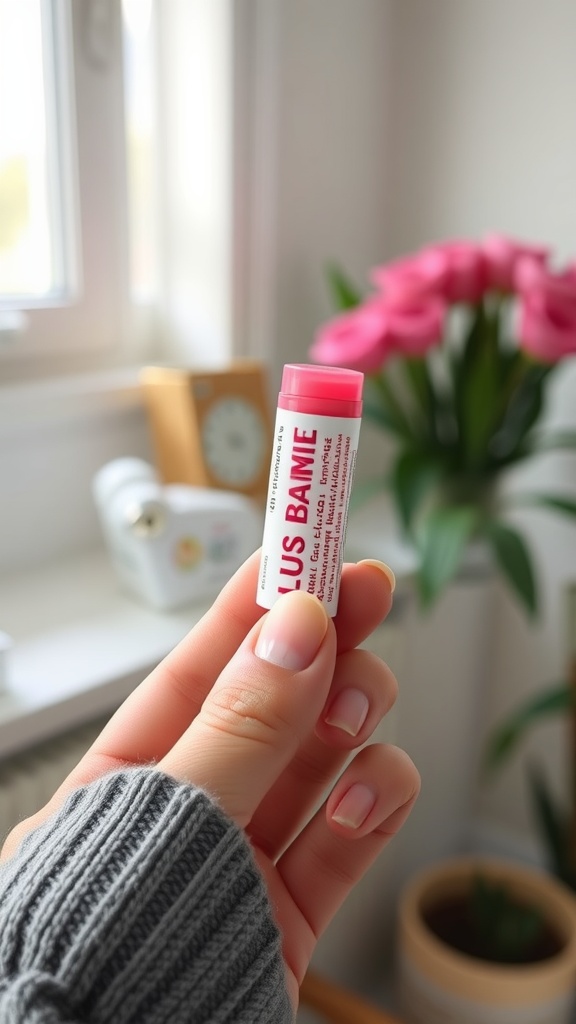
When making beef tallow lip balm, consistency and texture matter a lot. You want it to glide smoothly on your lips without feeling too greasy or waxy. A little test on your fingertip can help you find that perfect balance before you fill your containers!
Selecting Quality Beef Tallow for Lip Balm
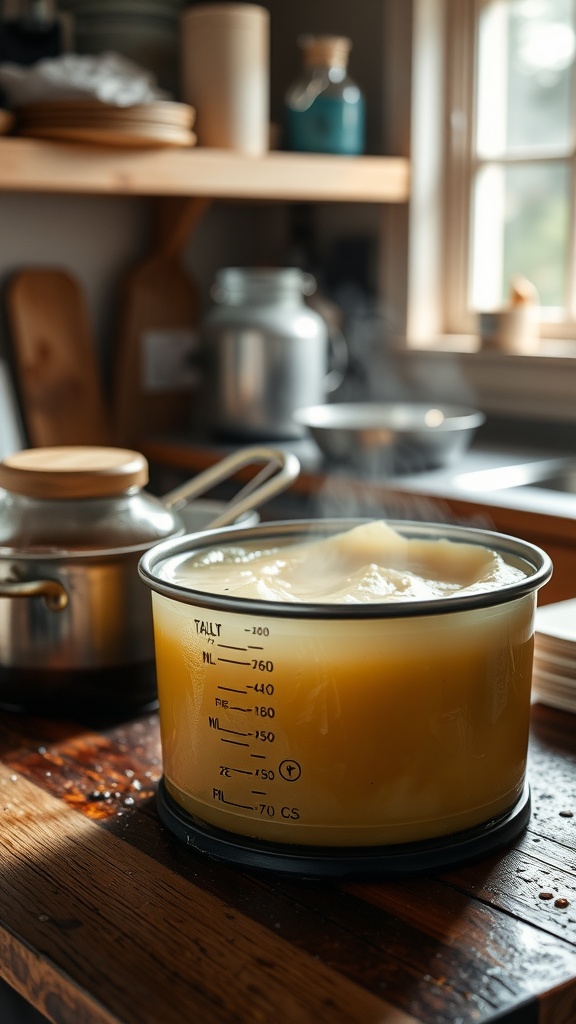
When picking beef tallow for your lip balm, go for a high-quality option that’s rendered properly. Look for tallow that is pale in color and has a clean scent, as this means it’s fresh and pure. Avoid anything with additives or strong odors to ensure your lip balm feels great on your lips.
Essential Oils for Flavor and Scent
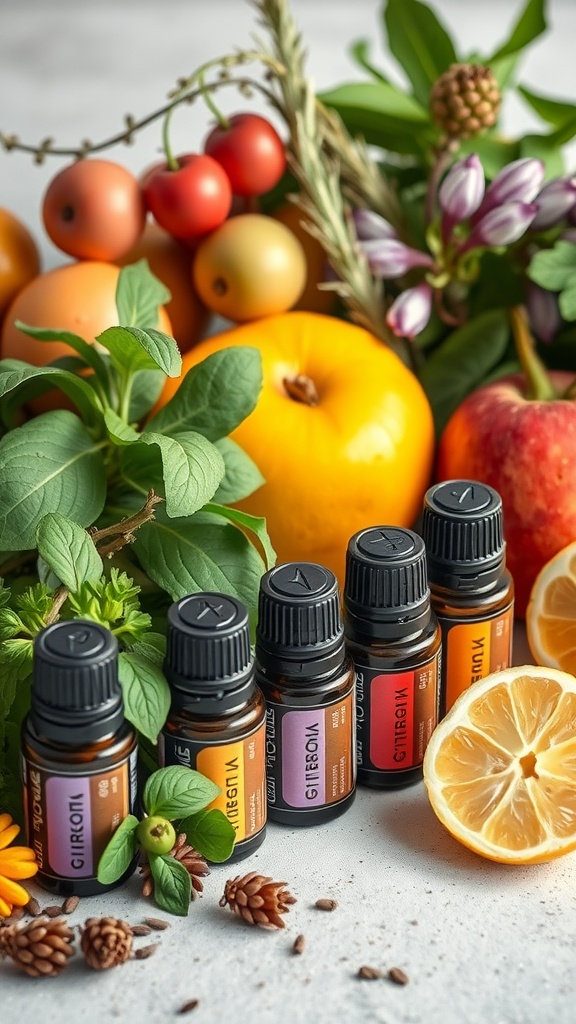
Adding essential oils to your beef tallow lip balm can really boost its flavor and scent. Citrus oils like lemon and orange give a fresh, zesty touch, while mint oils can add a cool kick. Experiment with different blends to find your perfect flavor!
Packaging Ideas for Homemade Lip Balm
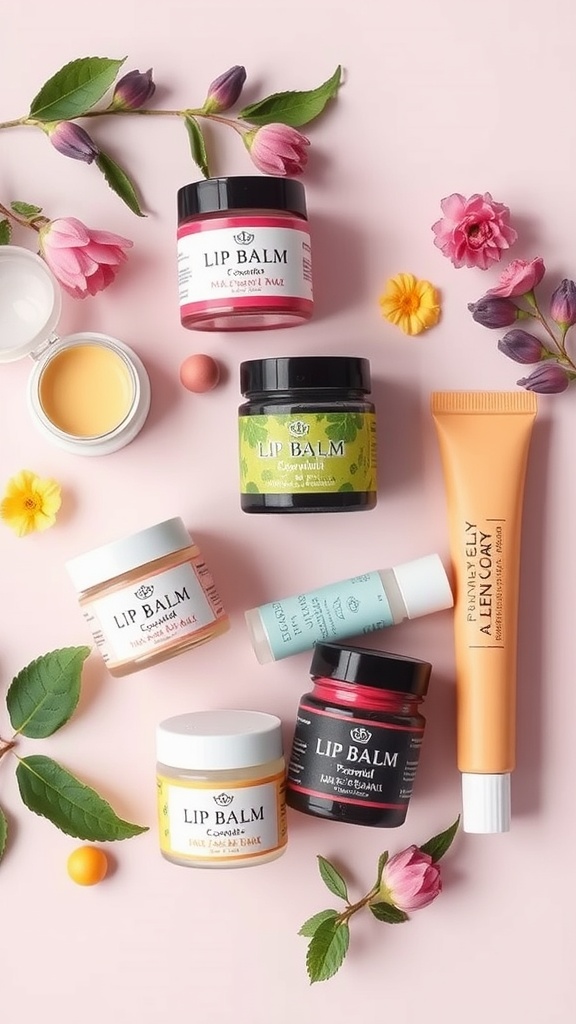
Choosing the right packaging for your homemade beef tallow lip balm can make it stand out. Consider using small jars or tubes that are easy to carry, so you can keep your lips moisturized on the go. A little creativity with labels can also add a personal touch, making your balm even more special.
Understanding Beef Tallow Benefits for Skin
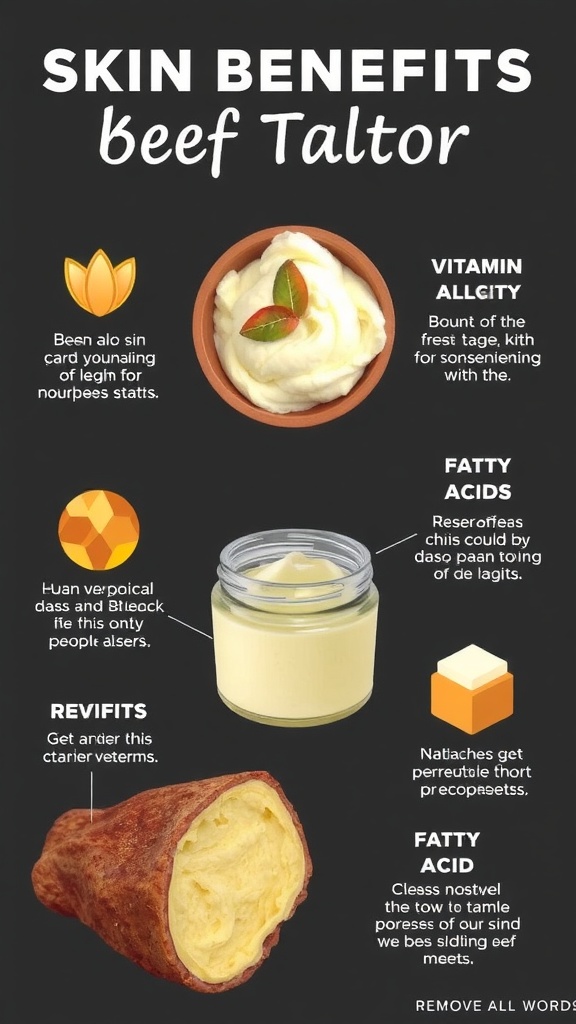
Beef tallow is a natural moisturizer that works wonders for your skin. It’s rich in fatty acids, which help keep your skin hydrated and nourished. Plus, it contains vitamins that can support skin health and improve texture.
Basic Beef Tallow Lip Balm Recipe
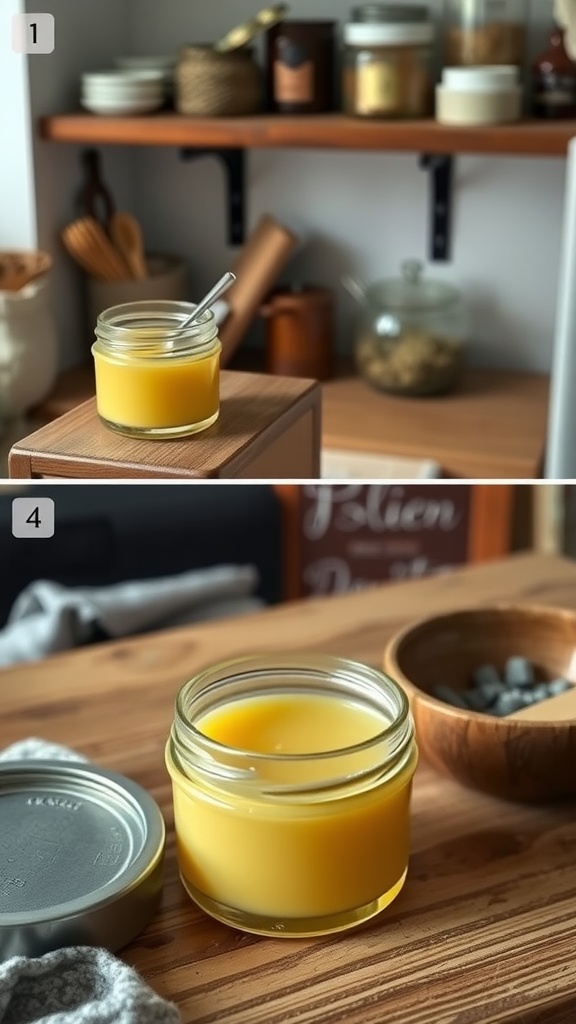
Making your own beef tallow lip balm is super simple and fun. Just mix melted beef tallow with a bit of beeswax and your favorite essential oils for a nourishing treat. In no time, you’ll have a smooth balm that keeps your lips happy and hydrated!
Customizing Your Lip Balm with Additives
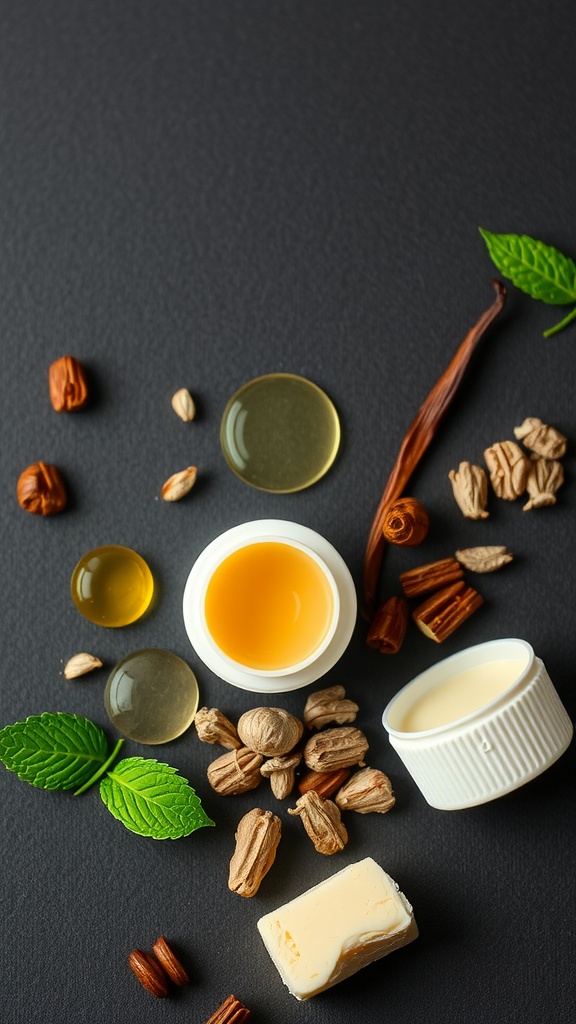
You can make your beef tallow lip balm uniquely yours by adding fun ingredients. Try mixing in essential oils for a lovely scent or natural flavors for a tasty twist. Don’t forget to experiment with different colors to make your balm visually appealing too!
Troubleshooting Common Lip Balm Issues
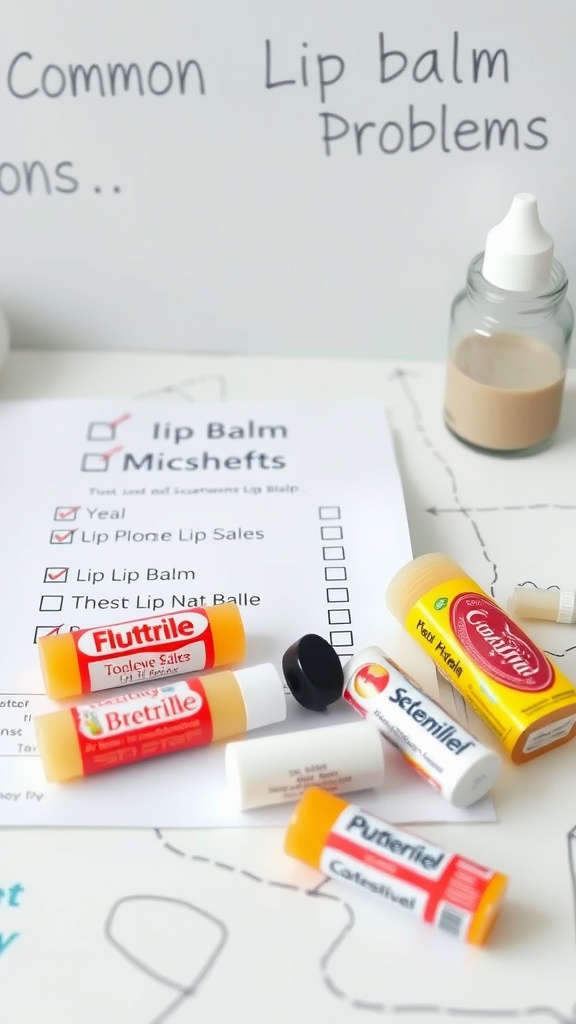
If your beef tallow lip balm feels too greasy, try reducing the tallow and adding a bit of beeswax to balance the texture. Keep an eye on the temperature during mixing; too much heat can cause separation. Lastly, if your balm isn’t moisturizing enough, consider tweaking the recipe by adding more tallow or a dash of coconut oil for extra hydration.
Exploring Variations: Color and Exfoliation
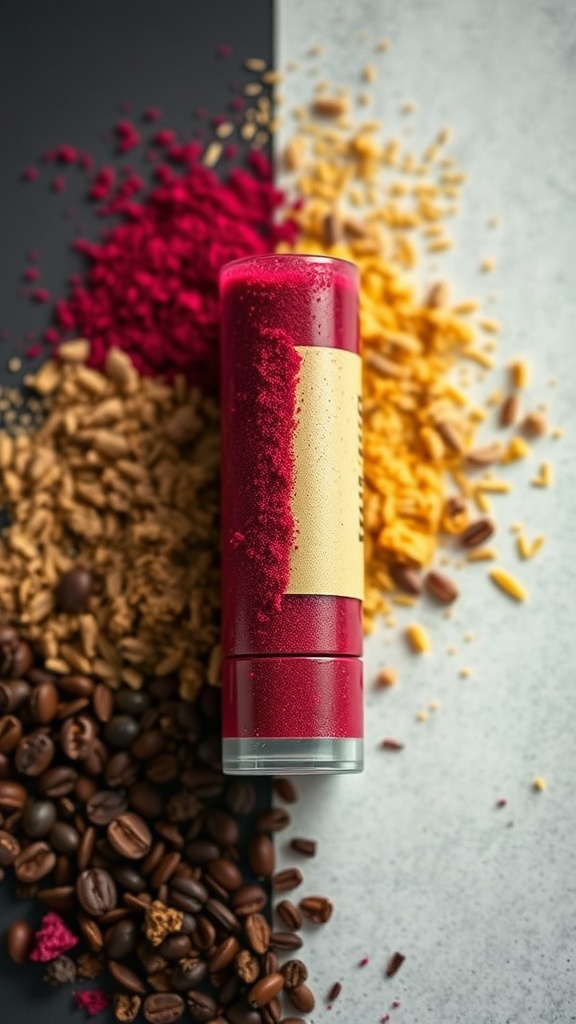
When it comes to beef tallow lip balm, adding color can really amp up your lip game. You can use natural pigments like beetroot powder for a fun hue, making your balm not just functional but also visually appealing. Plus, consider mixing in some finely ground coffee for gentle exfoliation, giving your lips a smooth and soft feel with every application.
Storing Beef Tallow Lip Balm Properly
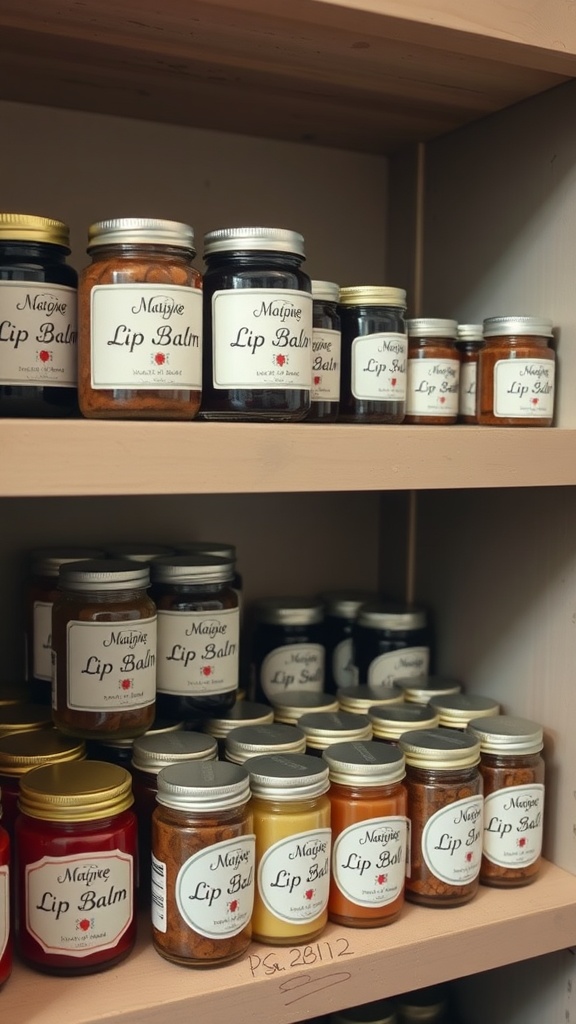
To keep your beef tallow lip balm fresh, store it in a cool, dark place. Avoid exposing it to heat or sunlight, as this can alter its texture and effectiveness. Using airtight containers will also help maintain its quality for longer.
